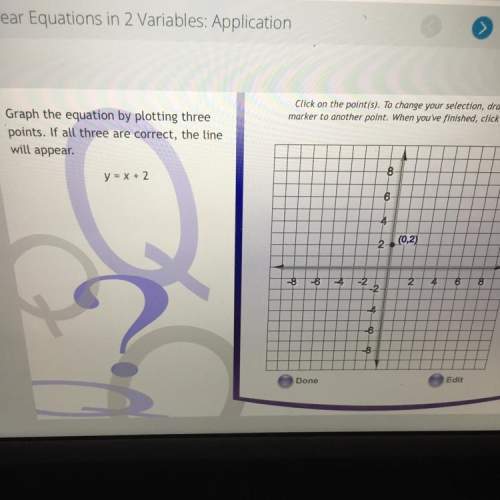
Mathematics, 22.02.2021 19:30 autumnhuls5720
The list of individuals from which a sample is actually selected is called the sampling frame. Ideally, the sampling frame should list every individual in the population, but in practice this is often difficult. A sampling frame that leaves out part of the population is a common source of undercoverage. In the following questions select all choices that apply; to receive credit for the question you must select all the correct choices and only the correct choices.
Question 1. A pollster wants to select a random sample of households in a particular community. The pollster randomly selects a sample of households in the community from the community telephone directory available in the public library. What households are omitted from this sampling frame?
1. Households that connect to the internet with their phone line.
2. Households that possess only cellphones Households with a second line for the fax machine.
3. Households that have moved into the community since the most recent community telephone directory was printed.
4. Households with unlisted numbers. Households with more than one line. Poor households (cannot afford a phone)
5. Households without telephones.
Question 2. What types of people do you think are most likely to live in the omitted households selected in question 1?
1. These people will probably be underrepresented in the sample. lower income people (cannot afford a phone)
2. people who choose not to list their numbers people who choose not to have phones
3. people who graduated from UNC-Chapel Hill
4. jobless people who have moved into the community to look for employment since the most recent community telephone directory was printed
5. people who drive hybrid automobiles high income people
Question 3. It is usual in telephone surveys to use random dialing equipment that selects the last four digits of a telephone number at random after being given the land-line exchange (the first three digits; note that cell phone exchanges differ from land-line exchanges). Which of the households you selected in Question 1 above will be included in this sampling frame by random digit dialing?
1. Households that possess only cellphones Poor households (cannot afford a phone)
2. Households with unlisted numbers
3. Households without telephones
4. Households with land-line telephones that have moved into the community since the most recent community telephone directory was printed.

Answers: 3


Other questions on the subject: Mathematics

Mathematics, 21.06.2019 16:50, hernsl0263
Which three lengths could be the lengths of the sides of a triangle? 21 cm, 7 cm, 7 cm 9 cm, 15 cm, 22 cm 13 cm, 5 cm, 18 cm 8 cm, 23 cm, 11 cm
Answers: 2


Mathematics, 21.06.2019 22:00, joelpimentel
3women sell hats at a craft fair weekly. the money they make at the fair is split into categories. 9% goes to pay taxes. $55 goes to pay rent for the space they sell in. the rest is split between the women. if the group make $706 at the fair, how much does each women get paid once the money is divided
Answers: 1

Mathematics, 21.06.2019 22:30, Carlosanddana123
What is the approximate value of x in the equation below.–3.396–0.7080.3040.955
Answers: 1
You know the right answer?
The list of individuals from which a sample is actually selected is called the sampling frame. Ideal...
Questions in other subjects:



Biology, 26.08.2019 22:30

Mathematics, 26.08.2019 22:30




Mathematics, 26.08.2019 22:30


Biology, 26.08.2019 22:30




